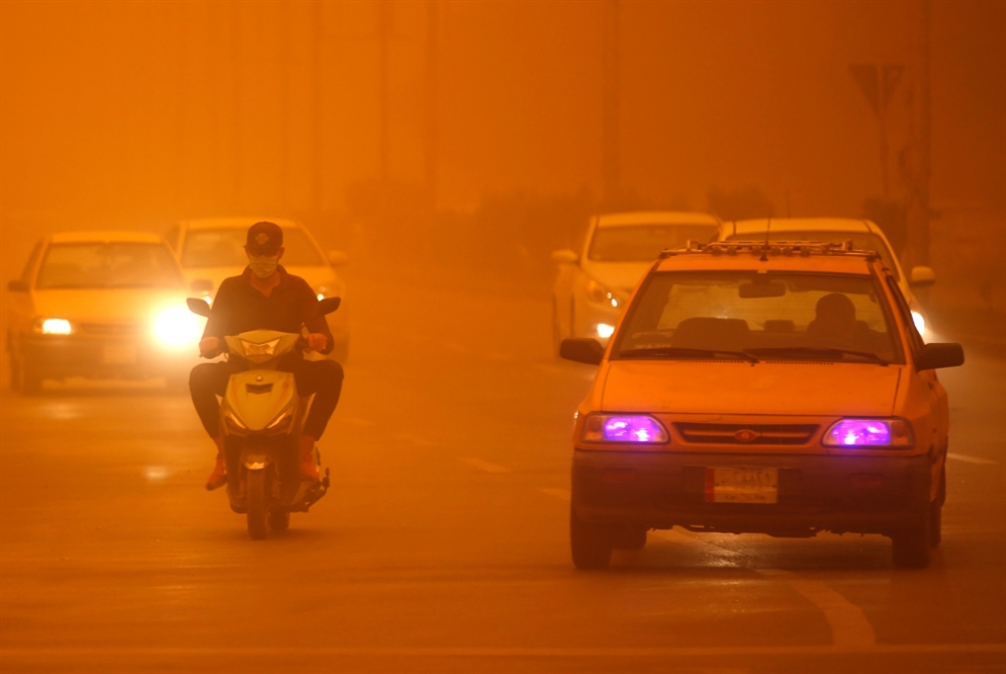Dust has covered six Iraqi governors since last night, including the capital city of Baghdad and the governors of Anbar, Kirkuk, Najaf, Karbala and Salah al-Din in the center and south, with residents waking up because of the thick layer of orange dust. covering their homes.
The province of Anbar, located in western Iraq and neighboring Syria, has reported about 700 cases of asphyxiation, and the Iraqi news agency quoted the director of the province’s medical information department, Anas Qais.
In Najaf, there were “more than 100 cases of dust storm asphyxiation,” according to health authorities in the southern Iraqi province, as well as 332 cases in Salah al-Din in central Iraq. and 100 cases in Diwaniya in the south.
According to an Iraqi news agency, health authorities in the northern provinces of Anbar and Kirkuk have urged residents not to leave their homes.
The dust storm is expected to gradually subside over the day, according to Iraqi Meteorological Bureau media director Amer Al-Jabri, who, in an interview with the Iraqi News Agency, suggested that the dust storms were will continue until May. .
In the past two months, dust storms have not occurred in Iraq, and experts attribute them to climate change, drought and desertification. The latest of these has led to the closure of Baghdad and Najaf international airports due to lack of visibility.
Iraq is among the five countries most vulnerable to climate change and desertification in the world, primarily due to increasing drought with high temperatures in excess of fifty degrees Celsius over several days in the summer.
In November, the World Bank warned of a 20% decline in Iraq’s water resources by 2050 due to climate change.
The director general of the technical department of the Iraqi environment ministry, in an interview with an Iraqi news agency, warned of an increase in sandstorms, especially after the number of dusty days rose to 272 days a year. for two decades. . He predicted: “By 2050, the number of dusty days per year will reach 300.”
Increasing vegetation cover and planting forests with dense trees that serve as windbreaks is the most important decision needed to reduce the frequency of sandstorms, according to the ministry.
